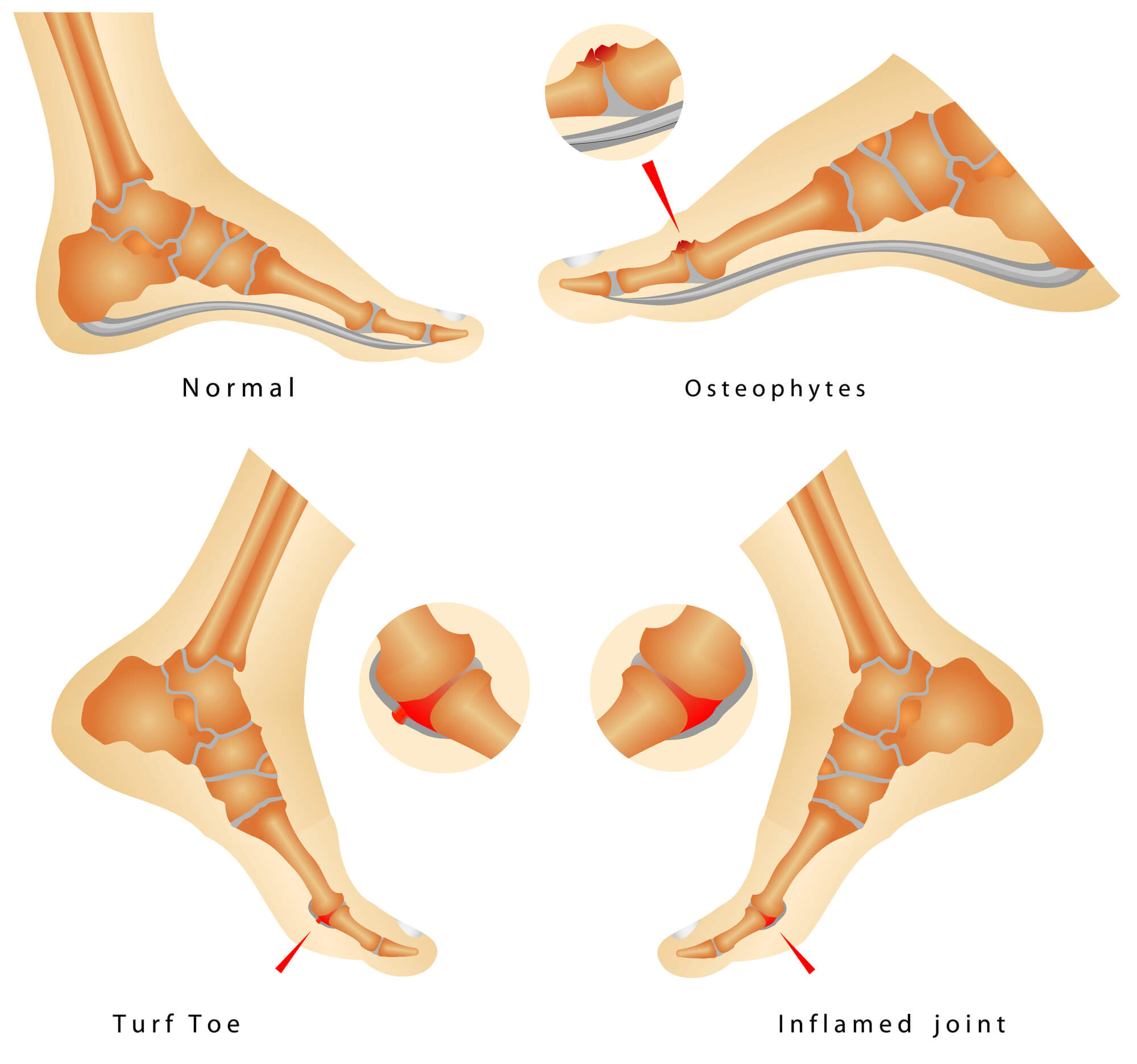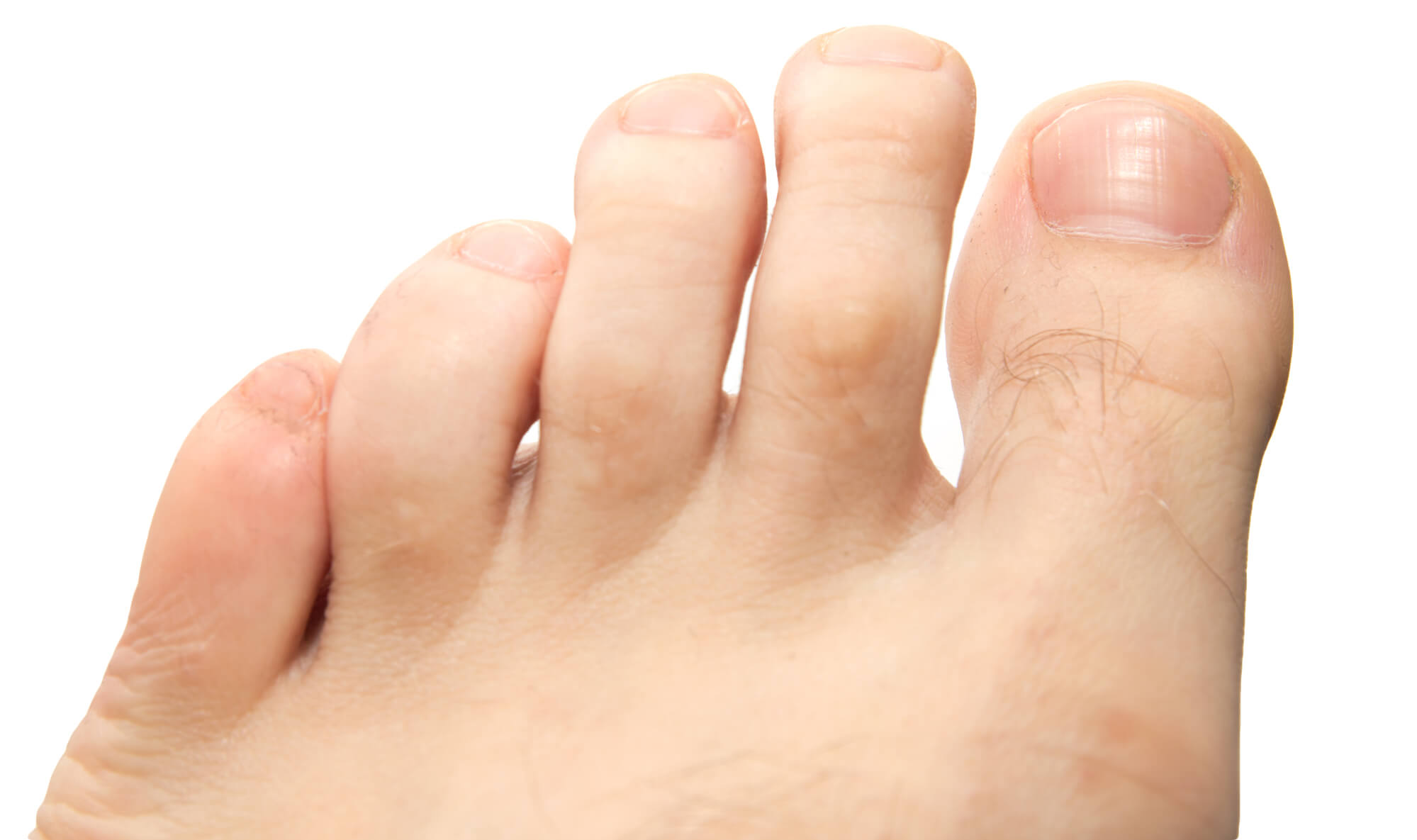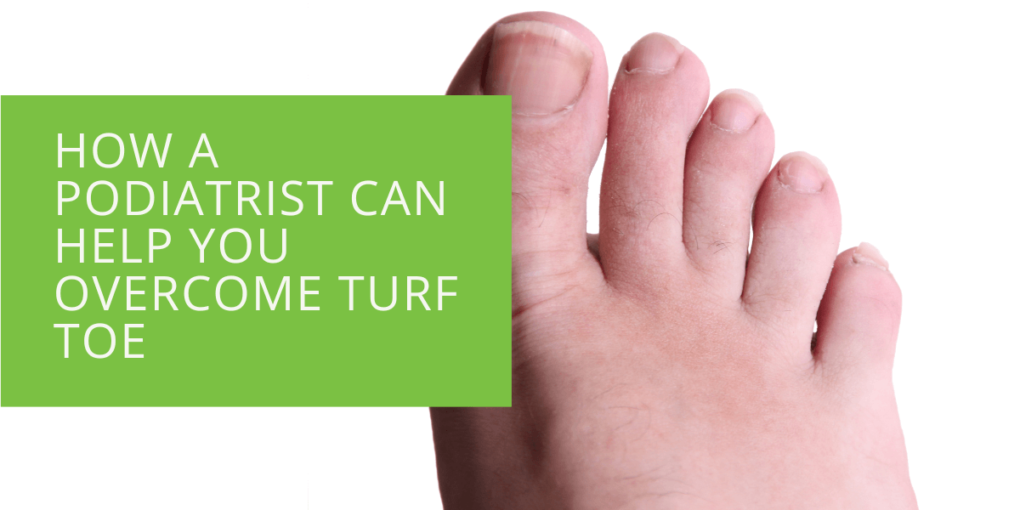How a Podiatrist Can Help You Overcome Turf Toe
Turf toe is a sports injury that affects the big toe joint and can cause significant pain and discomfort. This condition is typically caused by a sudden, forceful push to the big toe, which can overstretch or tear the ligaments in the toe joint. It is commonly referred to as an injury to the metatarsophalangeal (MTP) joint, which is the joint connecting the first metatarsal bone in the foot and the first phalanx bone in the big toe.
What is Turf Toe?
Turf toe is a term used to describe a sprained first metatarsophalangeal (MTP) joint caused by overstretching or tearing of the ligaments in the big toe. This injury can occur when an individual experiences a sudden and forceful push to the big toe, causing it to bend upward and away from the foot.
Common Causes of Turf Toe
Turf toe is a common injury among athletes, particularly those who play sports on artificial turf. The term "turf toe" was first used to describe injuries sustained by football players on artificial turf. However, this condition can occur in anyone who experiences a sudden, forceful push to the big toe, including those who play basketball, soccer, and tennis.

Symptoms of Turf Toe
The primary symptoms of turf toe include pain and swelling in the big toe joint, difficulty walking or standing, and reduced range of motion in the affected joint. In more severe cases, an individual may also experience bruising or tenderness in the affected area. In some instances, individuals may also experience a popping sensation or a feeling of instability in the big toe joint.
The Importance of Seeking Professional Treatment
Turf toe can be a painful and debilitating injury that requires prompt and effective treatment to avoid long-term complications. Seeking the help of a podiatrist is essential to ensure that the injury is properly diagnosed and treated and to prevent the development of any long-term complications.
Self-Care for Turf Toe
In the immediate aftermath of a turf toe injury, individuals can take steps to manage the pain and swelling, such as resting the foot, applying ice to the affected area, and taking over-the-counter pain relievers. However, it is important to remember that self-care measures are not a substitute for professional treatment and should be used in conjunction with a visit to a podiatrist.
When to Visit a Podiatrist
Individuals should visit a podiatrist as soon as possible after experiencing a turf toe injury. A prompt and accurate diagnosis is essential to ensure that the injury is treated properly and to prevent any long-term complications. Additionally, early treatment can help to minimize the severity of the injury and reduce the risk of further damage.

Why a Podiatrist is the Best Choice for Turf Toe Treatment
A podiatrist is a medical professional who specializes in the diagnosis and treatment of foot and ankle conditions, including turf toe. Podiatrists have the training, expertise, and experience to diagnose and treat this injury properly. They can provide a range of effective treatment options to help individuals overcome the pain and discomfort associated with turf toe.
Diagnosing and Treating Turf Toe
Diagnosis
To diagnose turf toe, a podiatrist will perform a physical examination of the affected foot and ask about the individual's symptoms and medical history. In some cases, a podiatrist may also order an X-ray or other imaging tests to get a better understanding of the extent of the injury.
Treatment Options
The type of treatment a podiatrist recommends for turf toe will depend on the severity of the injury and the individual's specific needs. Some of the most common treatment options for turf toe include:
- Physical therapy: Physical therapy can help to reduce pain and swelling, improve range of motion in the affected joint, and prevent future injuries. Physical therapy may involve stretching and strengthening exercises, as well as the use of heat or cold therapy to reduce inflammation.
- Orthotics and taping: Orthotics and taping can help to stabilize the big toe joint and reduce the risk of further injury. A podiatrist may recommend custom orthotics, such as plantar inserts, to provide additional support and protection for the affected joint. In some cases, a podiatrist may also recommend taping the big toe to immobilize it and reduce the risk of further damage.
- Medications: Over-the-counter pain relievers, such as ibuprofen, can help to reduce pain and swelling associated with turf toe. In more severe cases, a podiatrist may prescribe stronger medications to help manage the pain.
- Surgery: In very severe cases of turf toe, a podiatrist may recommend surgery to repair the damaged ligaments. However, surgery is typically only recommended in cases where non-surgical treatments have been ineffective, and the individual is experiencing significant pain and disability.

Preventing Future Injuries
In addition to treating the pain and discomfort associated with turf toe, a podiatrist can also provide guidance and advice on how to prevent future injuries. Some of the strategies a podiatrist may recommend to prevent turf toe include:
Wearing Proper Footwear
Wearing proper footwear that provides adequate support and protection for the feet can help to reduce the risk of developing turf toe. A podiatrist can provide guidance on selecting the best shoes for your specific needs and activities.
Stretching and Strengthening Exercises
Stretching and strengthening exercises can help to improve the flexibility and strength of the foot and ankle, reducing the risk of developing turf toe and other sports injuries. A podiatrist can guide the best exercises for your specific needs and conditions.
Using Proper Techniques
Using proper sports techniques can help reduce the risk of developing turf toe and other sports injuries. A podiatrist can guide the best techniques for your sport and help you develop good habits to reduce the risk of injury.
Maximizing Recovery
With the help of a podiatrist, individuals who experience a turf toe injury can receive the treatment and support they need to overcome the pain and discomfort associated with this condition. With proper treatment and rehabilitation, most individuals can make a full recovery and return to their normal activities without experiencing any long-term complications.
Conclusion
Turf toe can be a painful and debilitating injury that requires prompt and effective treatment to maximize recovery and prevent future injuries. If you're experiencing pain or discomfort in your big toe joint, seeking the guidance and care of a podiatrist is the best way to ensure that you receive the treatment and support you need. Whether through physical therapy, orthotics, medications, or surgery, a podiatrist can help you overcome the pain and discomfort of turf toe and get back to your active and healthy lifestyle.

